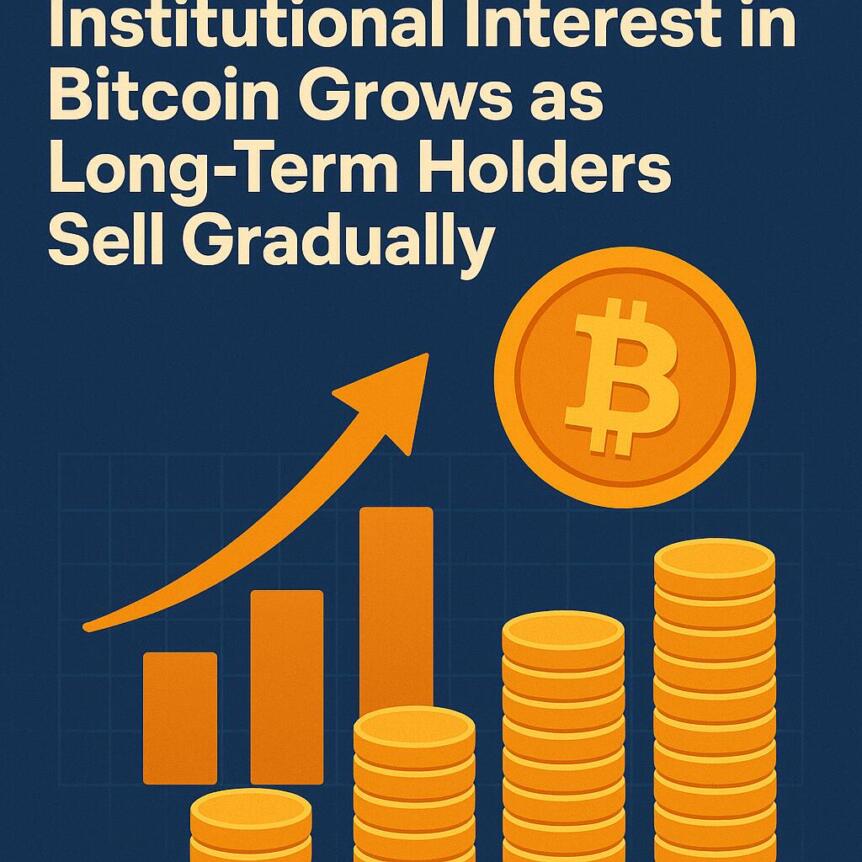$FUN Giveaway as Strategy: How FUNToken Intentionally Creates Supply Shock to Drive Ecosystem Growth
When most crypto projects talk about giveaways, they usually mean marketing. Think of it as a temporary boost to visibility, a few lucky winners, and little structural impact. FUNToken’s $5M $FUN giveaway, however, takes an entirely different approach. It is not a publicity stunt; it is a strategic move to reshape how the token flows, how users behave, and how the broader ecosystem matures.
FUNToken’s team is distributing rewards while perfectly engineering scarcity. The giveaway functions as an economic tool: it limits available supply, channels user activity into the ecosystem, and creates conditions for sustainable market growth.
A Supply Strategy Disguised as a Reward Event
At the center of this design is a smart contract that does two things simultaneously. It rewards participation and reduces liquidity. Every $FUN token staked on 5m.fun exits the trading pool temporarily, locking up value that would otherwise circulate across exchanges.
The result is what economists would call a “controlled contraction.” Instead of depending on external demand to influence price, the network constrains its own supply. By doing so, it forces scarcity to emerge naturally from user activity. This happens to be a far more organic mechanism than typical market-making tactics.
This approach shifts the project’s growth model away from speculative trading and toward systemic participation. Users no longer just hold $FUN; they become contributors to a self-adjusting, community-driven economy.
Intentional Scarcity and the Value Cycle
FUNToken’s strategic decision to link its $5M reward pool directly to staking was deliberate. In a typical distribution event, tokens flood the market, often leading to quick selloffs. Here, the opposite occurs, that is, staking slows token velocity.
The idea is to use scarcity as a feedback loop:
-
Tokens are locked, tightening supply.
-
Reduced supply strengthens price stability.
-
Stable conditions attract new participants.
-
New participants stake again, further compressing circulation.
Each cycle builds on the last, converting what would normally be a short-term giveaway into a mechanism of ecosystem reinforcement.
It’s this feedback structure that makes the $FUN giveaway stand apart, not as a one-time event but as a self-perpetuating value engine.
Aligning Incentives, Not Just Rewards
The campaign’s core innovation lies in how it aligns incentives. Holders aren’t simply promised payouts for participation; they’re drawn into a transparent system where effort, patience, and timing all matter.
Early stakers claim higher shares of the $5M pool, but even late entrants earn interest as long as their tokens stay locked. Each participant contributes to, and benefits from, a structure that prioritizes long-term health over momentary hype.
In behavioral terms, this changes how people think about their holdings. A staked token becomes more than an asset, it becomes a statement of confidence. As more users make that commitment, the culture around $FUN shifts from opportunistic trading to cooperative growth.
Ecosystem Impact and Market Behavior
According to CoinMarketCap, FUNToken ($FUN) is currently trading near $0.00253 USD, with a market capitalization of $27.66 million, 24-hour trading volume of $16.32 million, and around 98,780 holders. While these figures suggest a relatively modest valuation today, the supply structure created by the giveaway tells a deeper story. Over 8.7 million $FUN are currently locked in the campaign, meaning that nearly a tenth of total supply is actively participating in a deflationary loop.
While these figures suggest a relatively modest valuation today, the supply structure created by the giveaway tells a deeper story. Over 8.7 million $FUN are currently locked in the campaign, meaning that nearly a tenth of total supply is actively participating in a deflationary loop.
The immediate result is a supply shock; the longer-term implication is behavioral stability. Participants who stake for months or years develop patience. This leads to developing a trait that often translates into reduced volatility and greater ecosystem maturity.
Designing for Controlled Growth
FUNToken’s approach can be viewed as a form of on-chain policy design. A set of programmable rules that govern liquidity and reward behavior without relying on external market actors.
By embedding growth incentives directly into a smart contract, the project removes emotional bias and human intervention from supply control. Everything, from staking logic to milestone-based unlocks, operates according to code, not sentiment.
This creates a rare balance between decentralization and strategic control: the system governs itself while serving an intentional economic purpose.
The Broader Implication: From Token to Economy
What FUNToken is doing with this giveaway reflects a broader shift in how mature crypto ecosystems evolve. Instead of trying to “market” a token, they’re trying to engineer participation. Instead of chasing speculation, they’re designing patience.
If this strategy succeeds, the $FUN supply shock will accelerate ecosystem growth by attracting users who value clarity, consistency, and transparency. In this sense, the $5M giveaway is more than a marketing event; it’s a controlled economic instrument: one that may set a new standard for token sustainability in 2026 and beyond.
Disclaimer: The price mentioned was accurate at the time of writing (November 4, 2025) and may have changed since.
The post $FUN Giveaway as Strategy: How FUNToken Intentionally Creates Supply Shock to Drive Ecosystem Growth appeared first on CoinCentral.
You May Also Like

Institutional Interest in Bitcoin Grows as Long-Term Holders Sell Gradually

Satoshi-Era Mt. Gox’s 1,000 Bitcoin Wallet Suddenly Reactivated
